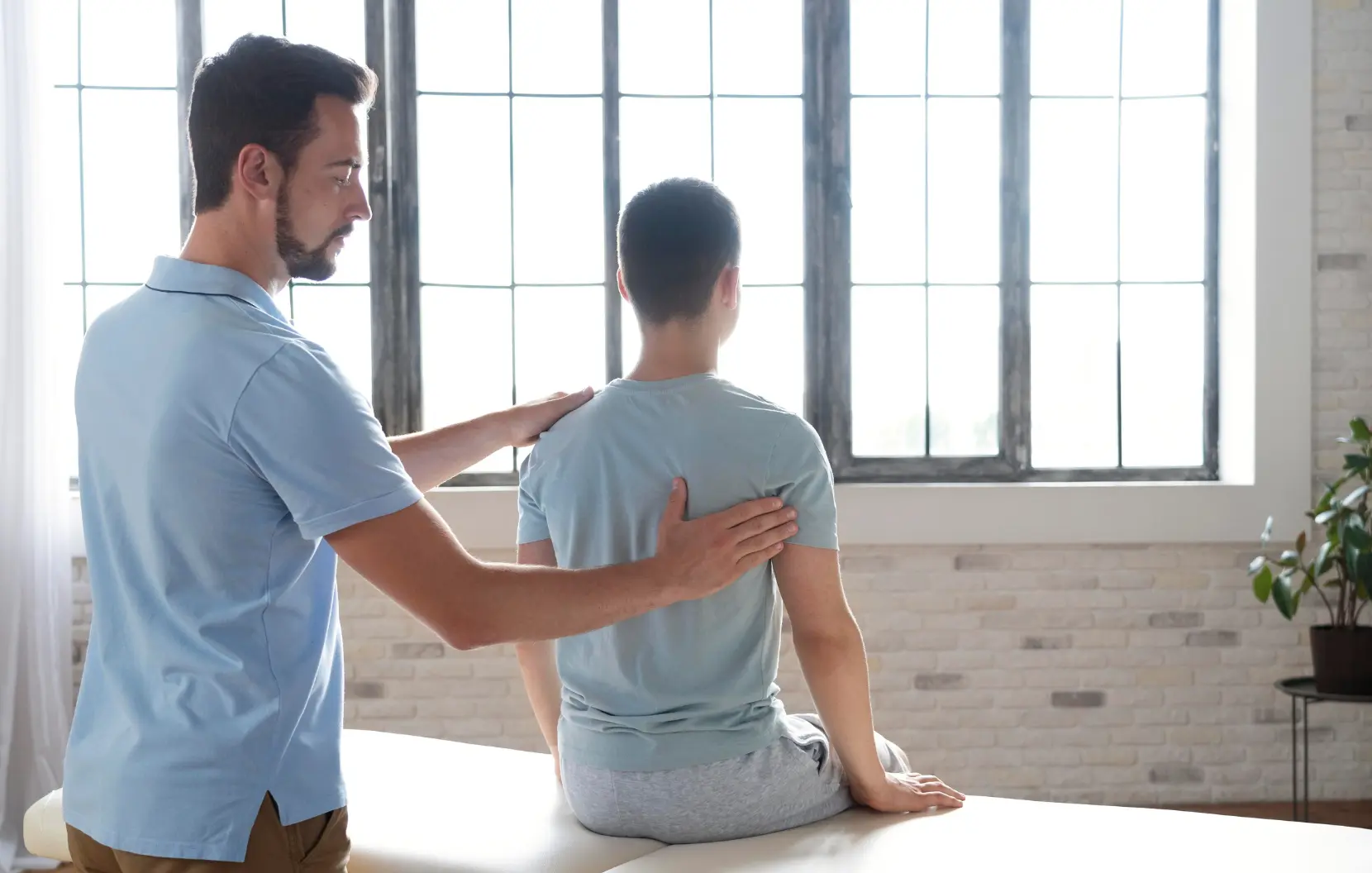Wellness Center
AyushMed Healthcare brings you the rejuvenating and refreshing power of AYUSH systems of medicine- where restoring the mind -body balance and improving your overall well-being is a priority.. The healing power of Ayurveda, Unani, Homeopathy, and natural therapies dwell in the ancient wisdom and unravels the path to attain the wholesome health and wellbeing.We handhold you through your wellness journey with personalized care that kickstarts a healthy life. Ahead..
OUR VISION AND MISSION
Vision
To be a premier local and global destination for natural healing, recognized for preserving and advancing India’s rich AYUSH heritage, and empowering individuals to lead balanced, vibrant, and harmonious lives through personalized, preventive, and sustainable wellness solutions.
Mission
To provide state of the art, authentic, holistic healing and wellness experiences by amalgamating time-tested AYUSH traditions (Ayurveda, Unani, and Homeopathy) delivered with compassion, integrity, and scientific care to enhance the well-being of individuals from all over the country and globe.
How do we restore wellness

Personalized AyushMed Healthcare Services for Every Lifestyle
Ancient Philosophy. Holistic Health. Lasting Results.

Unani/Ayurveda Treatment
Unani medicine offers a holistic approach to managing asthma and respiratory disorders by focusing on balancing the body’s natural elements.

Homeopathy
Treatment
Homeopathy treatment is a natural healing method that uses tiny, highly diluted doses of natural substances to help the body heal itself.
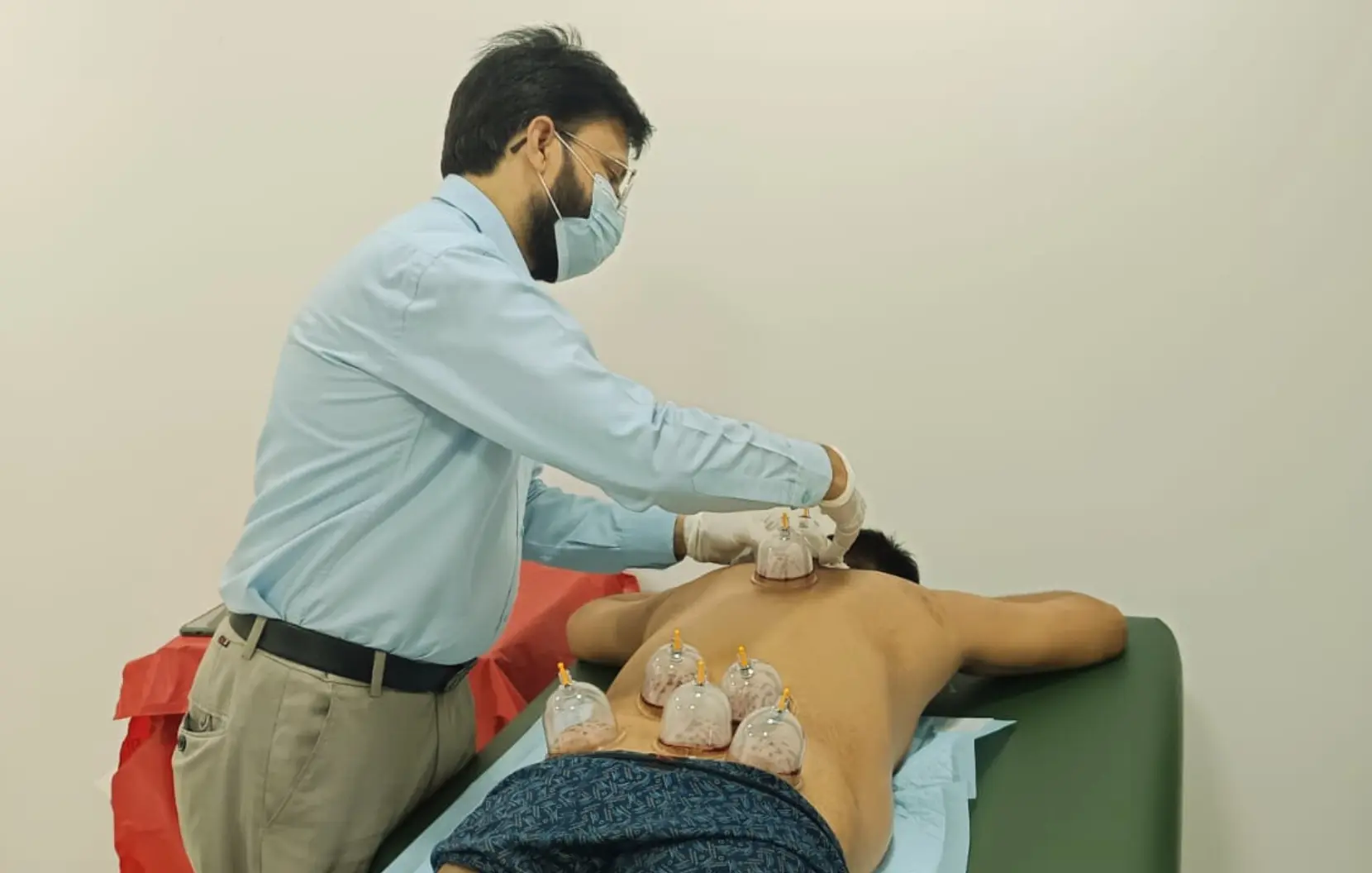
Cupping Therapy
( Hijama)
Hijama cupping therapy, also known as wet cupping, is an ancient form of therapy that involves creating suction on the skin using cups, often followed by controlled bleeding. It
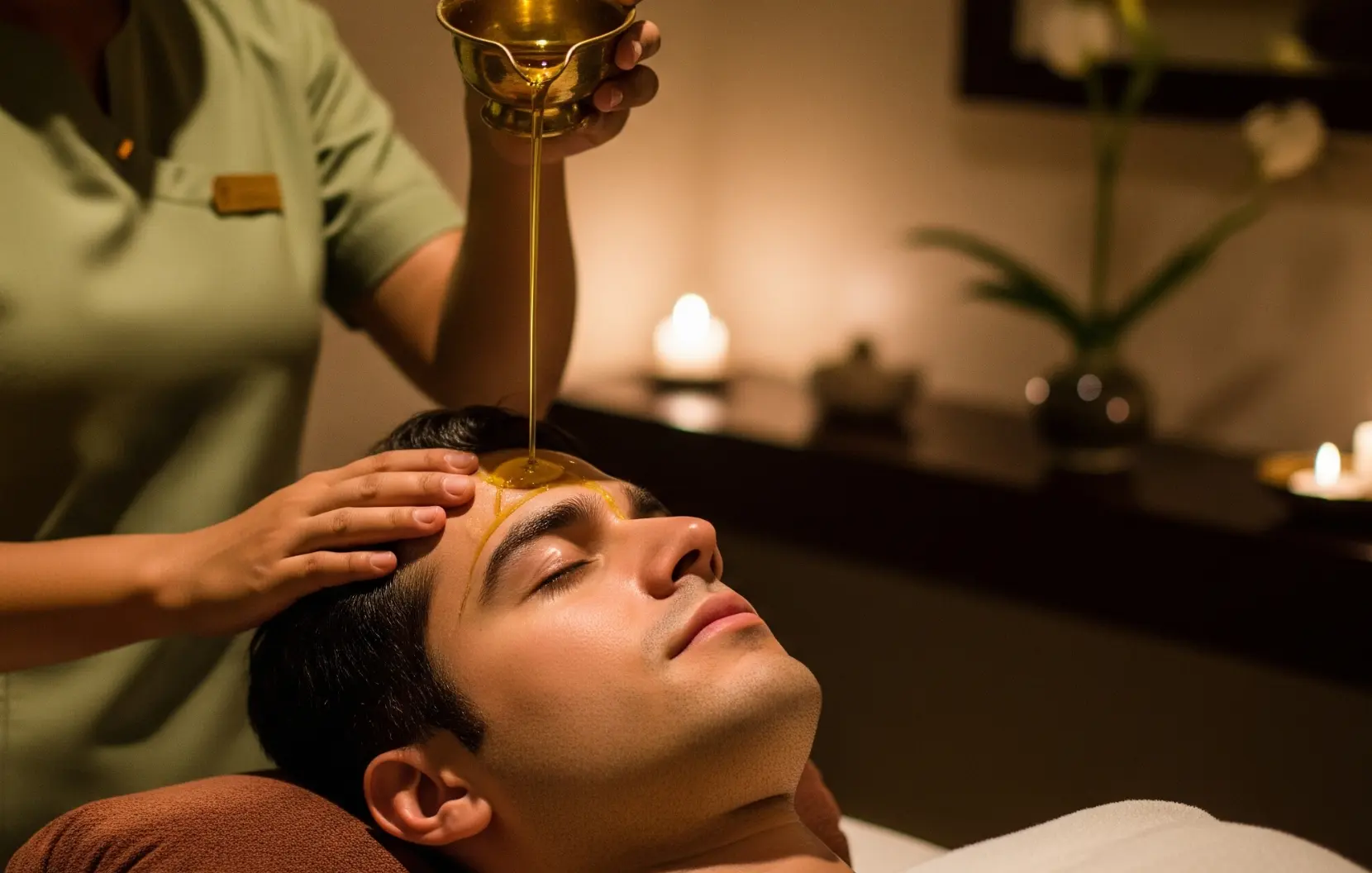
Nutool / Shirodhara
Therapy
Nutool / Shirodhara Therapy is a calming Ayurvedic treatment where warm herbal oil is gently poured in a steady stream over the forehead, especially the “third eye” area.

Leech
Therapy
Leech therapy is a revered Ayurvedic practice that utilizes medicinal leeches to draw out impure blood, promoting detoxification and healing.

Venesection
Therapy
One of the ancient practices we offer Venesection has been used for centuries across various cultures to treat a variety of conditions.

Medicated Oil
Massages
A Medicated Oil Massage is a therapeutic massage using oils infused with herbs, minerals, and other natural ingredients.

Needling
Therapy
Needling is a specialized therapeutic approach that involves the careful insertion of ultra-fine, sterile needles into the skin

Laser
Therapy
Laser Therapy is a modern treatment that uses focused light to reduce pain, inflammation, and speed up healing in damaged tissues.
Patient Success Stories
Hear From Our Patients
Real stories, real results—see how AyushMed Healthcare is transforming lives every day with advanced physiotherapy, orthopedic rehab, pain management, post-surgical care, and holistic therapies like cupping, Shirodhara, leech therapy, and dry needling.
Visited this place especially for cupping therapy. A nice experience especially with the therapist. He is a experienced doctor with a soft heart. He explained all my doubts and apprehensions about hijama very nicely.
I would recommend this centre to all for hijama and alternate medicine.

Rishabh Nainwal
I consulted Dr Irfan at Ayushmad and it’s been a month with 3 hijama sessions almost done, he is feeling much better and is able to do his routine activities with more energy. And most importantly got rid of the pain killers twice a day.
Thanks Dr Irfan for your humble counselling and hijama sessions.

Saniya Ansari
Hajam (Cupping) experience is very good at the center they are taking care of hygiene and the staff is also very good and their they have a good I love the centre wanted to come back again very soon.

Mohammed Naseem
I usually do not write or give reviews on google but the visit to this lovely holistic and wellness centre compelled me to share my honest reviews for the benefit of people who want to explore the traditional system (AYUSH) of treatments for their well being:- I visited this centre along with my wife. We both had a fantastic experience at AyushMed Healthcare for Hijama (cupping therapy). We initially visited for stress and back pain, and even after just our first session, we both felt a noticeable improvement.
Dr. Irfan (for male clients) and Dr. Shaba (for female clients) were incredibly professional, knowledgeable, and polite. They took the time to explain the process thoroughly, which made us feel very comfortable and confident in the treatment. The clinic itself is spotless, with a calm and welcoming ambience that adds to the overall sense of healing.

Saad Khan
Our Expert Physicians
We are passionate about Health and Wellness

Dr Irfan Khan

Dr Hisham Abdullah Khan

Prof. (Hkm) Shakir Jamil
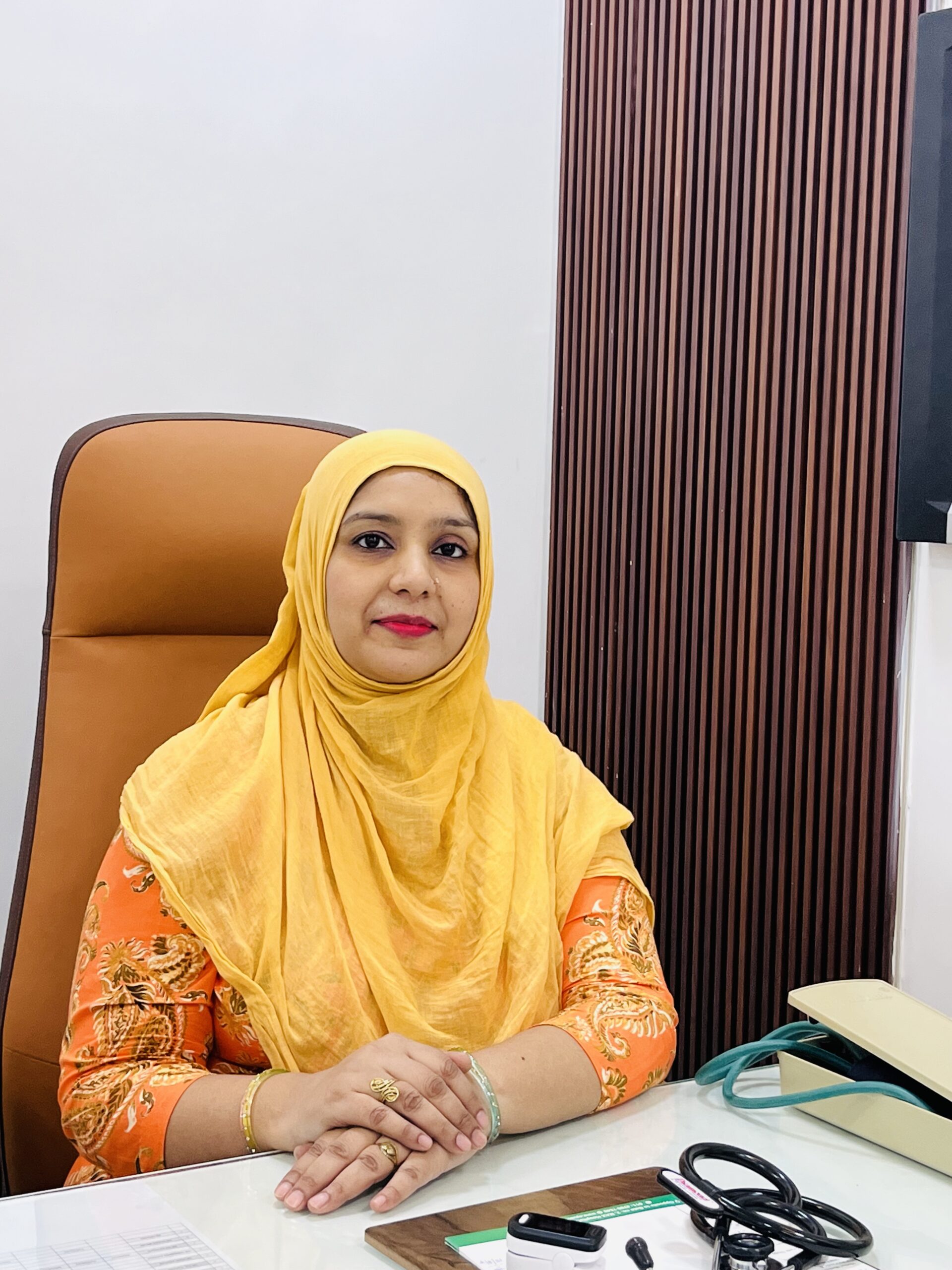
Dr. Shaba Irfan
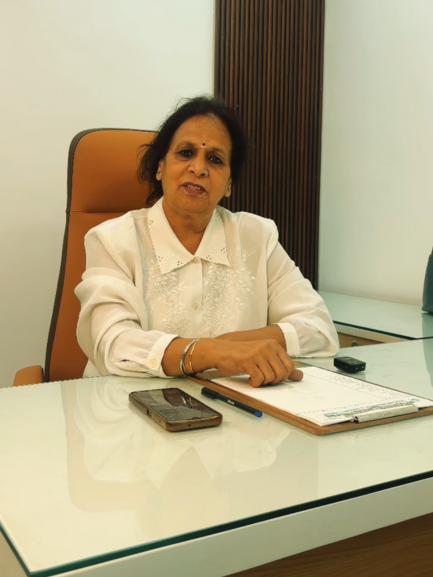
Dr. Surinder Katoch
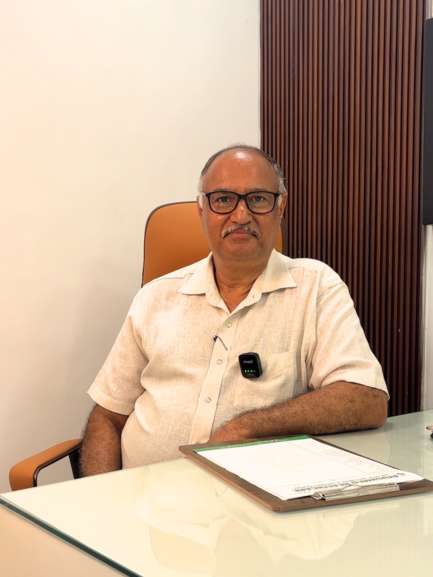
Dr. D. C. Katoch
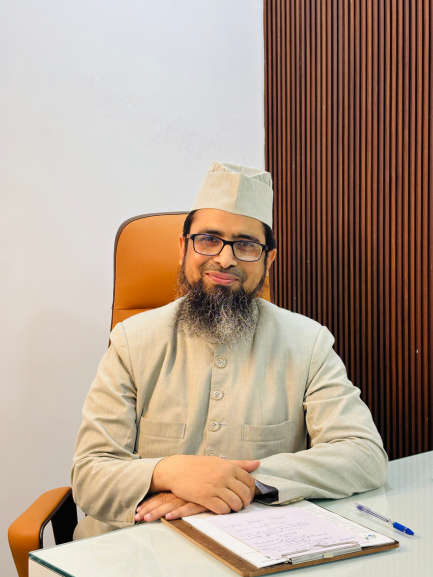
Dr Wasi Akhtar


